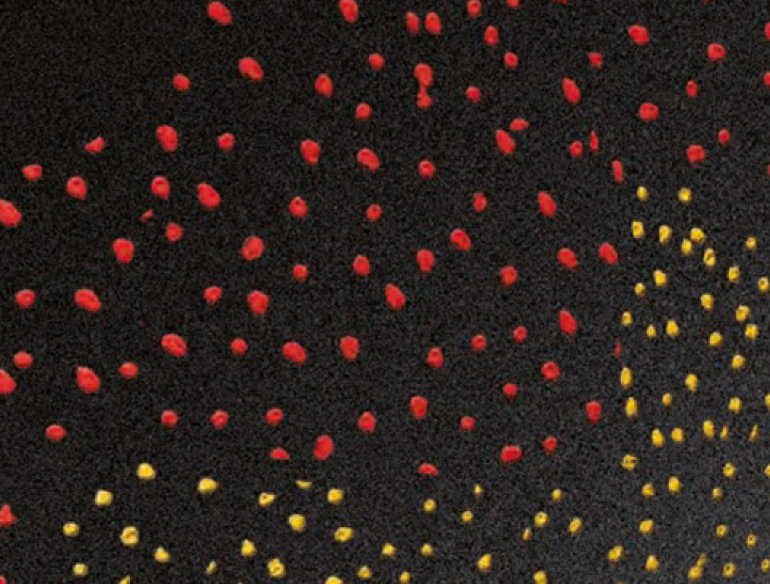- Of 183 at-risk/potentially at-risk communities, 145 communities were determined to require screening for trachoma, a further 18 were identified to require treatment without screening, leading to a total of 163 communities that were determined to require screening, treatment or both screening and treatment for trachoma.
- Of these 163 communities, 144 (88%) received screening, treatment or both screening and treatment.
- A total of 4,244 children aged 5 – 9 years in 127 at-risk communities were assessed for clean faces during 2013.
- The overall prevalence of active trachoma among children aged 5 – 9 years in screened communities was 4%, with 5% in the NT, 3.8% in WA, 3.5% in SA, and 0.5% in NSW.
- Screening for trichiasis was undertaken in 143 communities. Overall, 5,635 adults aged over 15 years were screened.
Trachoma is one of the major causes of preventable blindness globally. It is an eye infection caused by the bacterium Chlamydia trachomatis (C. trachomatis) serotypes A, B, Ba and C. The infection can be transmitted through close facial contact, hand-to-eye contact, via fomites (towels, clothing and bedding) or by flies. Trachoma is generally found in dry, dusty environments and is linked to poor living conditions. Overcrowding of households, limited water supply for bathing and general hygiene, poor waste disposal systems and high numbers of flies are all associated with trachoma. Children generally have the highest prevalence of trachoma and are believed to be the main reservoirs of infection due to longer durations of infection compared to adults.
Australia is the only developed country where trachoma is still endemic. It occurs primarily in remote and very remote Aboriginal communities in the Northern Territory, South Australia and Western Australia. In 2008, cases were also found in Aboriginal communities in New South Wales and Queensland, regions where trachoma was believed to have been eliminated. In Australia (except NT), the surveillance and management of trachoma is guided by the Communicable Disease Network of Australia (CDNA) Guidelines for the Public Health Management of Trachoma in Australia 2006. The NT trachoma control program in 2013 was guided by the revised National guidelines for the public health management of trachoma in Australia. This document encompasses the WHO SAFE strategies and provides recommendations for improving data collection, collation and reporting systems.
The National Trachoma Surveillance and Reporting Unit (NTSRU) is responsible for trachoma data collation, analysis and reporting related to the ongoing evaluation of trachoma control strategies in Australia. It operates under contract with the Australian Government Department of Health and Ageing, and its primary focus is the three jurisdictions that have been funded to undertake trachoma control activities by the Australian Government.
